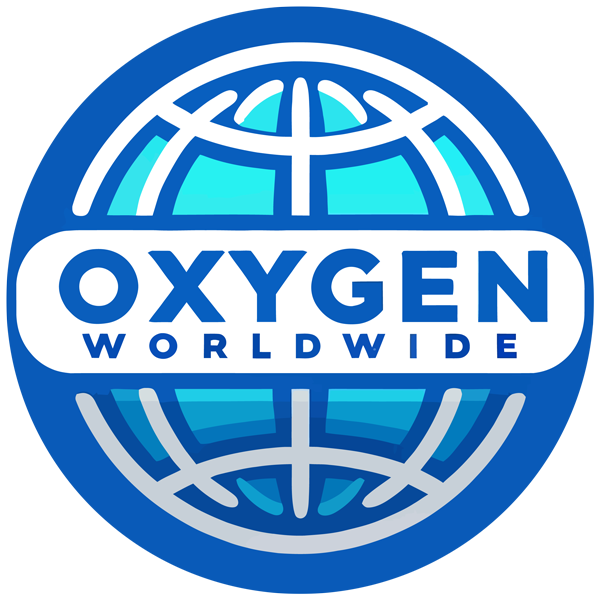Millions of people use portable devices that deliver oxygen-rich air to help them breathe at home in order to manage respiratory diseases. But new studies have revealed an alarming trend: males receiving home oxygen therapy are more likely to suffer severe burns to their faces, especially if they have facial hair like moustaches.
How can facial hair be dangerous?
Studies showing a link between facial hair and an elevated risk of burns were conducted in response to observations of patients with facial burns, which sparked the inquiry into this phenomena. Although NASA has previously investigated human hair’s flammability in high-oxygen settings, the consequences in the context of oxygen therapy had not been fully investigated.
Researchers used mannequins fitted with nasal tubing and exposed them to sparks in order to test their idea. Surprisingly, mannequins with moustaches that were subjected to sparks caught fire, but mannequins without facial hair stayed intact.
“Moustaches and other facial hair can act as kindling for nasal oxygen tubes when a spark joins the mix, even if the spark is just a tiny ember,” said Mayo Clinic physician Dr. Andrew Greenlund.
Spark prevention is essential. Patients are instructed not to smoke while on oxygen therapy and not to engage in any activities that involve open flames or grinding metal. Moreover, keeping your face clear of facial hair greatly lowers your chance of suffering burns if you unintentionally come into contact with sparks.
How can you reduce the risks of facial burns?
If you decide to keep your facial hair on your face, you can reduce the risk by using water-based grooming products instead of oil- or alcohol-based ones. Furthermore, research into creating tubing materials with a lower combustion risk is still underway.
Oxygen therapy-related facial burns can have serious aftereffects, including damage to the inner nose, mouth, and airways in addition to the skin on the outside of the face. During the healing process, victims can need ventilator assistance, and scarring could negatively impact their mental and physical health in the long run.
Facial burn incidents are increasing, especially in the winter when growing beards and moustaches is more prevalent. Furthermore, there has been a rise in fire accidents in residences where oxygen therapy is utilised, raising the possibility of facial burns.
For those receiving oxygen therapy, awareness, risk mitigation, and attentiveness are crucial. Patients can reduce the possibility of facial burns and safeguard their safety and wellbeing by being aware of the hazards and adopting the necessary safety measures.
References:




